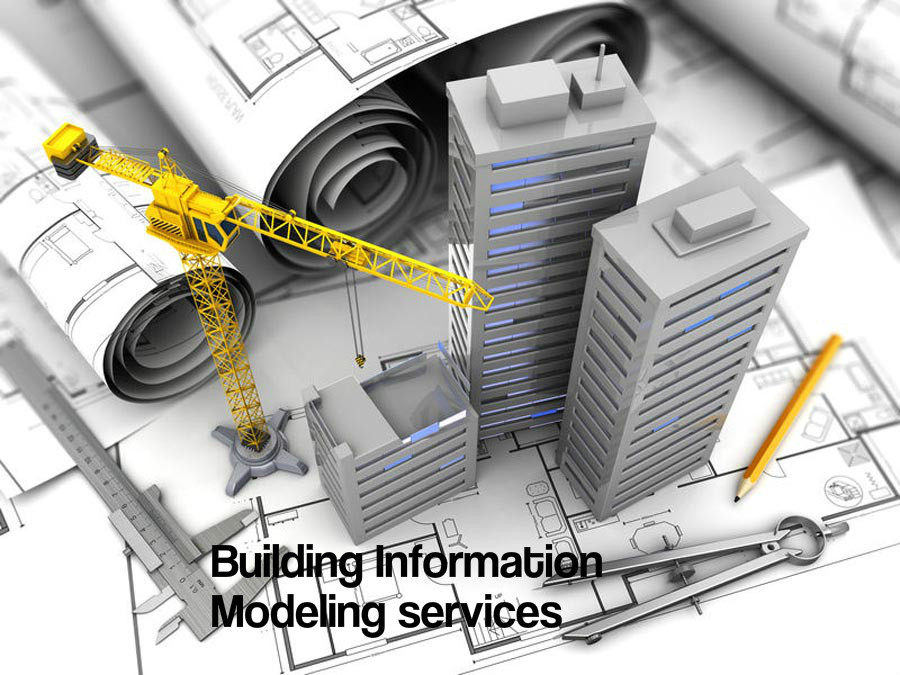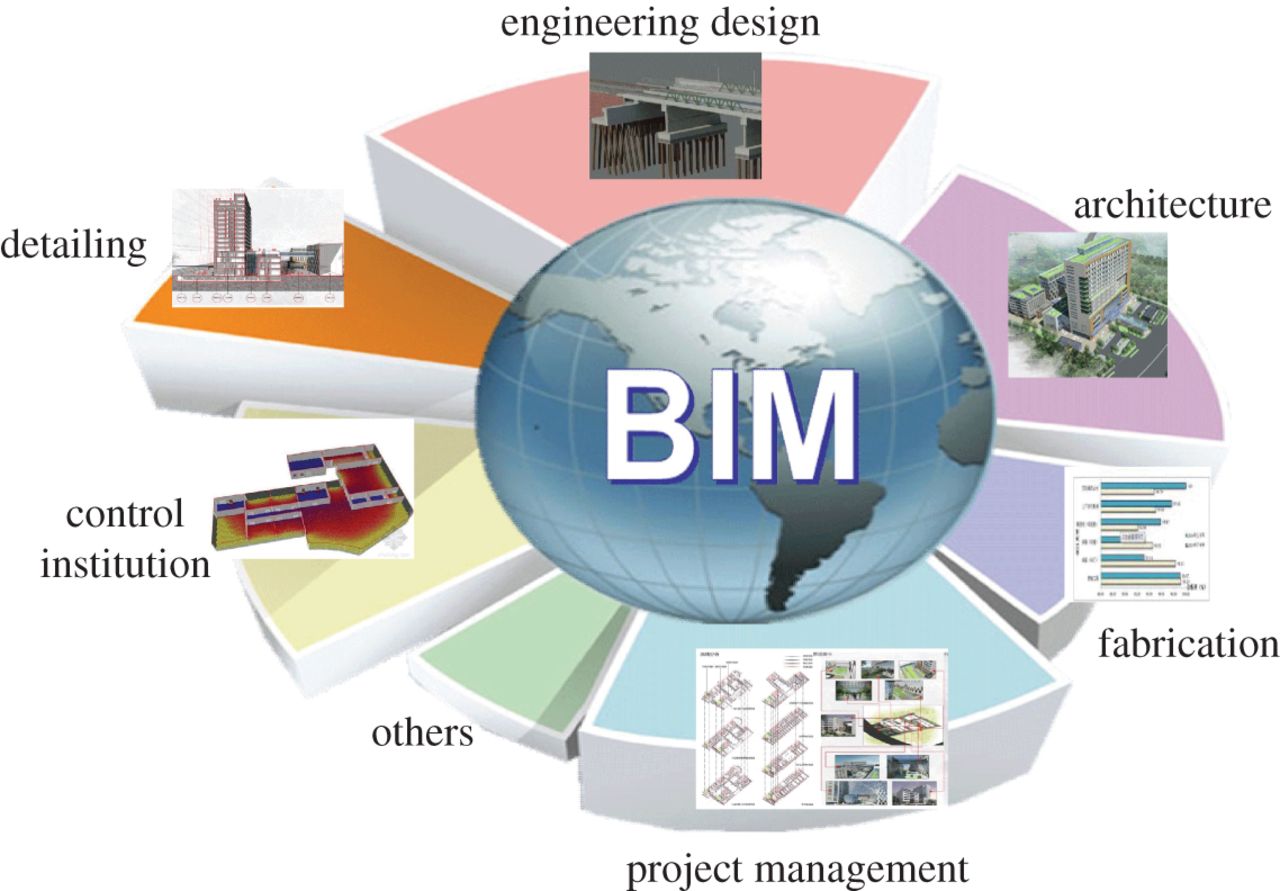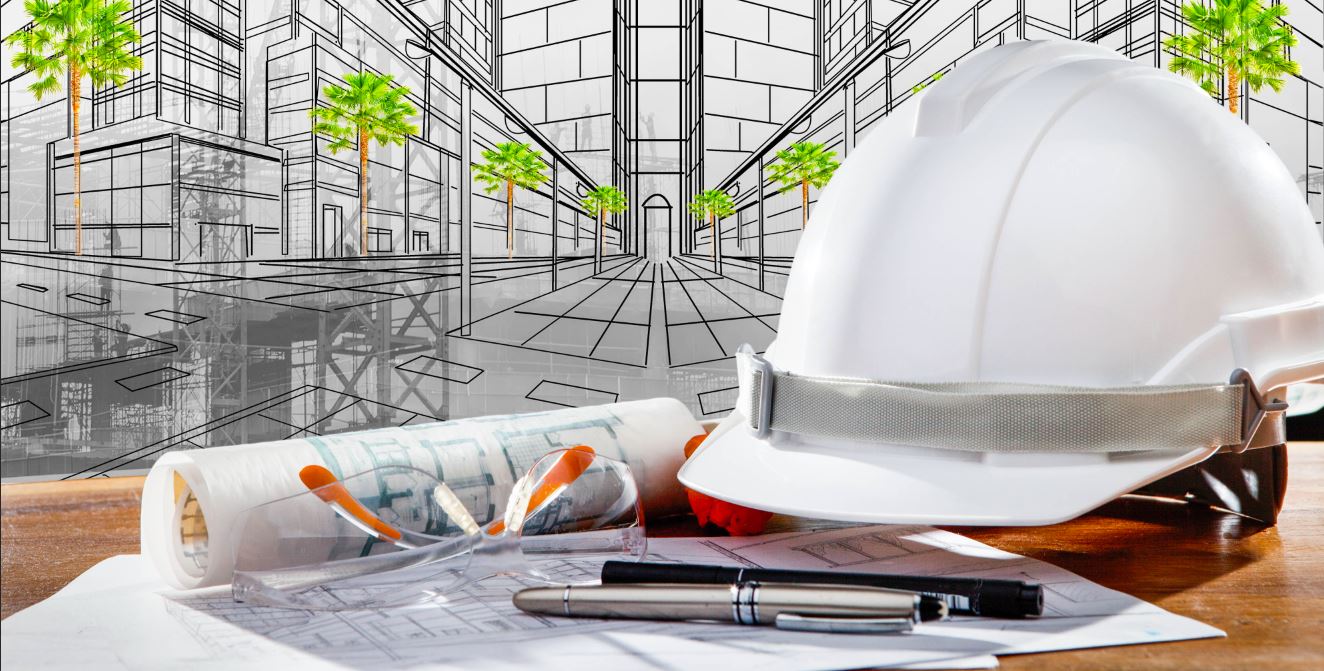
In the field of AEC (architecture, engineering and construction), the most important approach followed in today’s time is to make the project/building efficiently following a cost-effective strategy that meets the functional requirements, and that is value engineering, a “function-oriented, systematic, team approach to provide value in a product, system, or service.”
The most well-known methodology for Value Engineering was developed by an American engineer, Lawrence Miles, who realized that while he’s unable to obtain material, he’d have to find a replacement that would perform the same functions but at zero additional costs.
The use of value engineering is very critical in these competitive times, where the construction company is making strategies to deliver a project at minimum cost yet offer the best of quality and durability. Here, value engineering will be used to solve problems and identify and eliminate unwanted costs, while improving function and quality. The aim is to increase the value of products, satisfying the product’s performance requirements at the lowest possible cost and attain effective results.
Value engineering usually starts at the inception of the project to benefit the most but may vary with different organizations. It also is an on-going process, as the contractor adds a significant amount of information as and when required or when there are changes in the environment. This process has been devised to not allow any external or internal disturbance in the organization to affect the timescales, completion dates or incur additional costs that outweigh the savings on offer.
A construction project involves considering the availability of materials, construction methods, transportation issues, site limitations or restrictions, planning and organization, costs, profits, stakeholders involvement, tools and software, labour, and so on. Benefits that can be delivered include a reduction in life cycle costs, improvement in quality, reduction of environmental impacts, and so on.
A value engineering plan involves following the below steps to create a fill-proof plan without any hiccups and all required information:
1. Identifying the main elements of a product, service or project: In the construction industry, all the elements involved are important and hold a chief place in the process, ranging from construction material to MEP contractors. A thorough research and identification of the same are of utmost priority.
2.Analysing the functions of those elements: With the identification of the elements, the next step comes in the analysis of their every function and how its functions can if not managed properly may impact the construction process.
3. Developing alternative solutions for delivering those functions: The unavailability of one element/resource can slow down the construction process and may impact the profit & loss situation, thus post-analysis having developed an alternative strategy or a solution’s bank will help damage control.
4. Assessing the alternative solutions: Any element involved should always be assessed and re-accessed to ensure timely and quality deliverables. Thus it is not just imperative to analyse and access chief elements and their functions but also their alternatives.
5. Allocating costs to the alternative solutions: The cost at which an alternative solution comes in has to be at par, any upward change in the costing may increase the cost of the project and will lessen the profitability of the project.
6. Developing in more detail the alternatives with the highest likelihood of success: In value engineering, it is all about delivering an alternate replacement plan that offers similar results at zero additional costs, thus when you are locking the alternative elements you must develop a detailed report with their highest likelihood of success.
Also, when it comes to making the correct decisions for each of the above steps, one must follow the below-mentioned equation:
Value = Function/Cost
in which:
Function = the specific work that a design/item must perform,
Cost = the life-cycle cost of the product, and
Value = the most cost-effective way to reliably accomplish a function that will meet the user’s needs, desires and expectations.
In the process, architects must ensure that the function remains at top of mind during the value engineering process. Lawrence Miles offered some results accelerators, universal best practices to create a detailed, well-evaluated value engineering plan, most of which remain applicable to the design and construction process till today:
- Avoid generalities,Get all available costs,
- Use information from the best source,
- Blast, create and refine,
- Be creative,
- Identify and overcome road blocks,
- Use industry experts,
- Price key tolerances,
- Use standard products
- Use (and pay for) expert advice, and
- Use specialist processes.
TechnoStruct LLP is a leading name in the architecture, engineering and construction industry. It specializes in providing mechanical and engineering solutions, designing, solar engineering solutions, and construction solutions to commercial projects across industries, with a diversified range of services including but not limited to BIM, MEP engineering and designs, Mechanical Subcontractor, Solar, Electrical Subcontractor, and many more.



